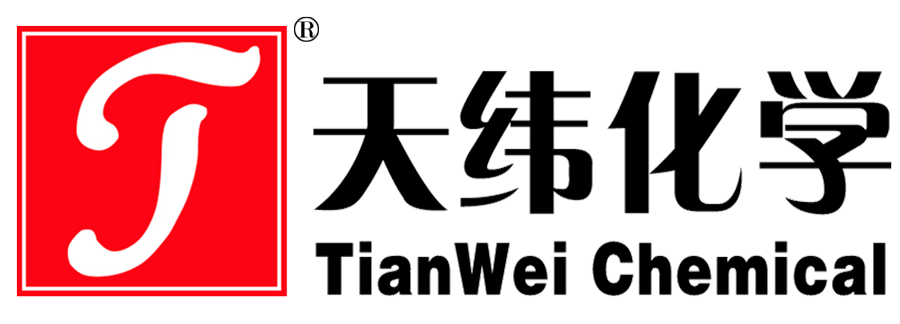The growing environment of microorganisms
The main body of wastewater biological treatment is microorganism, only to create good environmental conditions to allow microbial mass reproduction in order to obtain satisfactory treatment effect. The main conditions affecting microbial growth are nutrition, temperature, pH value, dissolved oxygen and toxic substances.
1. Nutrition
Nutrition is the material basis of microbial growth and the energy and material needed for life activities come from nutrition.
2. Temperature
Different kinds of microorganisms grow at different temperatures, and the overall temperature range of various microorganisms is 0~80. According to the temperature range of adaptation, microorganisms can be divided into three categories: low temperature (hypochondriac), medium temperature and high temperature (hypochondriac).
The growth temperature of low-temperature microorganisms is below 20, the growth temperature of medium-temperature microorganisms is 20~45, and the growth temperature of high-temperature microorganisms is above 45. Aerobic biological treatment is mainly at medium temperature, and the optimum growth temperature of microorganisms is 20 ~ 37.
In the anaerobic treatment, the optimum growth temperature of medium temperature microorganisms was 25~40, and that of high temperature microorganisms was 50~60. Therefore, anaerobic microbial treatment usually uses two temperature segments of 33~38 and 52~57, which are called medium temperature digestion (fermentation) and high temperature digestion (fermentation) respectively.
With the development of science and technology, the anaerobic reaction can be carried out at room temperature of 20~25, which greatly reduces the operating cost.
In the suitable temperature range, the rate of biochemical reaction is increased by 1~2 times with every increase of 10. Therefore, the biological treatment effect is better under the condition of higher optimum temperature. Artificial change of sewage temperature will increase the cost of treatment, so aerobic biological treatment is generally carried out at natural temperature, that is, at room temperature.
The effect of aerobic biological treatment is less affected by climate. Anaerobic biological treatment is greatly affected by temperature and needs to maintain a high temperature, but considering the operation cost, should try to use normal temperature operation (20~25).
If the temperature of raw sewage is high, medium temperature fermentation (33~38) or high temperature fermentation (52~57) should be used. If there is enough waste heat or enough biogas produced during the fermentation process (high concentration organic sewage and sludge digestion), the heat energy of waste heat or biogas can be used to achieve moderate and high temperature fermentation.
3. pH value
Enzyme is a kind of amphoteric electrolyte. The change of pH value affects the ionization form of enzyme, and then affects the catalytic performance of enzyme. Therefore, pH value is one of the important factors affecting the activity of enzyme. Different microorganisms with different enzyme systems have different pH adaptation ranges. Bacteria, actinomyces, algae, and protozoa have pH adaptation ranges from 4 to 10.
The optimum pH of yeast and mold is 3.0~6.0. Most bacteria are suitable for neutral and alkaline environments of pH=6.5~8.5. The optimum pH of aerobic biological treatment is 6.5~8.5, and that of anaerobic biological treatment is 6.7~7.4 (the optimum pH is 6.7~7.2).
It is important to maintain the optimal pH range during biological processing. Otherwise, the activity of microbial enzymes is reduced or lost, and microorganisms grow slowly or even die, leading to treatment failure.
The sudden change of pH value of influent can have a great effect on biological treatment, and this effect is irreversible. So it's very important to keep the pH stable.
4. Dissolved oxygen
The metabolic process of aerobic microorganism takes molecular oxygen as the receptor and participates in the synthesis of some substances. Aerobic microorganisms cannot grow and reproduce without molecular oxygen, so a certain concentration of dissolved oxygen (DO) should be maintained when performing aerobic biological treatment.
Insufficient oxygen supply, suitable for low dissolved oxygen growth of microorganisms (trace aerobic thiogenic bacteria) and facultative microorganisms proliferate. Their decomposition of organic matter is not complete, the treatment effect decreases, and the low dissolved oxygen state filamentous bacteria dominant growth, resulting in sludge swelling.
High concentration of dissolved oxygen not only wastes energy, but also causes cell oxidation and death due to relative lack of nutrients. In order to achieve good treatment effect, it is appropriate to control the dissolved oxygen in the range of 2~3mg/L (0.5~1mg/L in the effluent of secondary sedimentation tank) during aerobic biological treatment.
Anaerobic microorganisms produce H2O2 under aerobic conditions, but do not have the enzyme to decompose H2O2 and are killed by H2O2. Therefore, there must be no molecular oxygen in the anaerobic bioreactor. Other oxidation state substances such as SO42-, NO3-, PO43- and Fe3+ will also have adverse effects on anaerobic biological treatment, and their concentration should be controlled.
5. Toxic substances
A chemical substance that has inhibition and toxicity to microorganisms is called a toxic substance. It can damage the structure of cells, denaturating enzymes and making them inactive. For example, heavy metals can combine with the -SH group of enzymes, or combine with proteins to denature or precipitate them. Toxic substances are harmless to microorganisms at low concentrations and toxic above a certain level.
Certain toxic substances can become nutrients for microorganisms at low concentrations. The toxicity of toxic substances is affected by factors such as pH value, temperature and the presence of other toxic substances. The toxicity varies greatly under different conditions, and different microorganisms have different tolerance to the same poison. The specific situation should be determined according to the experiment.
In the process of biological wastewater treatment, the concentration of toxic substances should be strictly controlled, but there is no unified standard for the allowable range of toxic substances concentration. The data in Table 1 is for reference only




